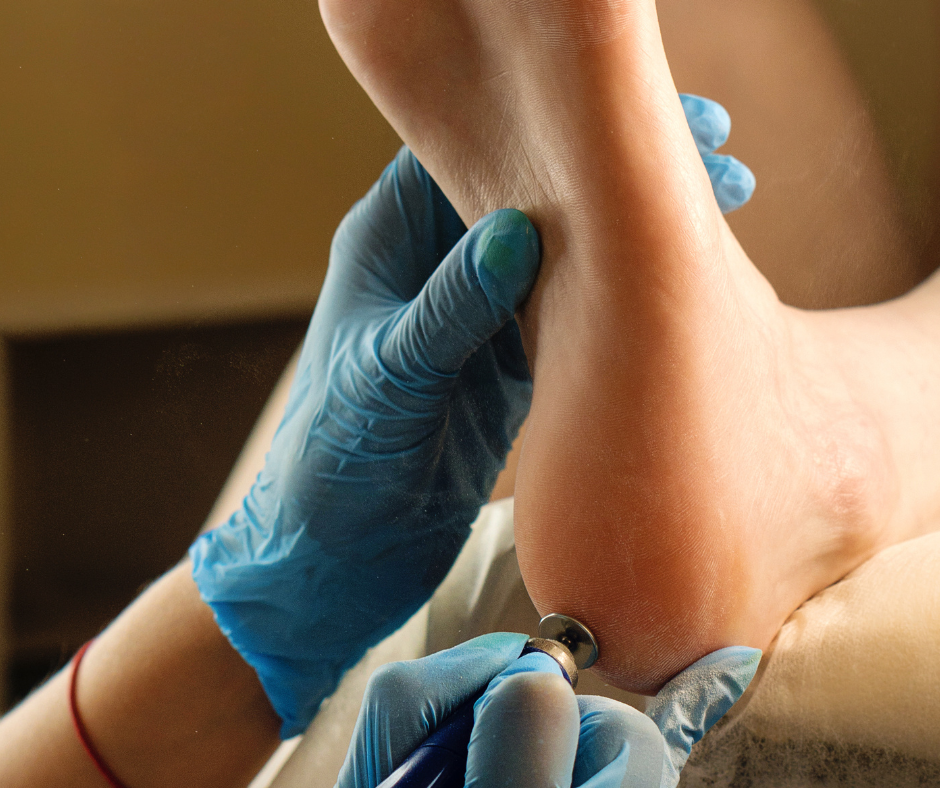

Our feet are complex structures designed for balance and carrying us throughout our lives. They consist of 26 bones, 33 joints, and numerous muscles, tendons, and ligaments – all working together to allow us to walk, run, and jump. This intricate machinery can be susceptible to wear and tear, leading to pain and impacting our mobility.
Muscles in the lower leg, connected to the feet by tendons, control crucial movements like standing, walking, and jumping. These muscles move your toes and control the position of your foot as it hits the ground, allowing it to become flexible and cushioning the impact. They also make the arches of your feet more rigid to push your body forward when you move.
Your heel bone is connected to the calf muscles in your lower leg by your Achilles tendon, which is the most important tendon for movement. The tibialis posterior tendon, which attaches the underside of your foot to your lower leg, helps support the arch of your foot and allows you to turn it inward.
The main nerve of your foot controls the muscles in your sole and gives feeling here and to your toes. Other nerves provide feeling to the top and outside edge of your foot.
Foot problems and ankle problems are quite common. Fortunately, many can be addressed effectively without resorting to surgery. Podiatrists, foot specialists, typically begin with non-surgical treatments like physical therapy and strengthening exercises to address pain and improve function.
In some cases, surgery may be recommended to correct physical problems or relieve chronic pain. Foot and ankle surgery aims to improve function, reduce pain, increase range of motion, and enhance quality of life. Here are some common surgical procedures:
At Iowa Specialty Hospitals & Clinics, our board-certified podiatrists offer comprehensive foot care and ankle care. We leverage advanced technology and personalized treatment plans to address a wide range of conditions, including:
Don't let foot pain or ankle pain limit your mobility and quality of life. Our specialists can help! At Iowa Specialty Hospitals & Clinics, our foot and ankle specialists have years of training, education, and experience. To provide an initial diagnosis, our orthopedic team may use medical imaging technology, and we also work closely with our physical therapy team to develop a custom treatment plan for you. They are experts in their field and are focused on providing the best treatment for each patient's situation.
If you are experiencing ankle or foot issues, please schedule an appointment to work with our specialists, Dr. Nathan Hensley and Dr. Phillip Greenfield, to restore your foot health.